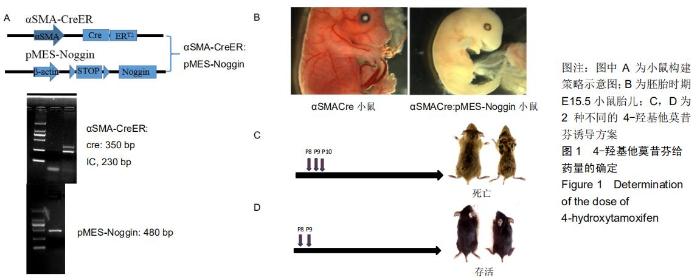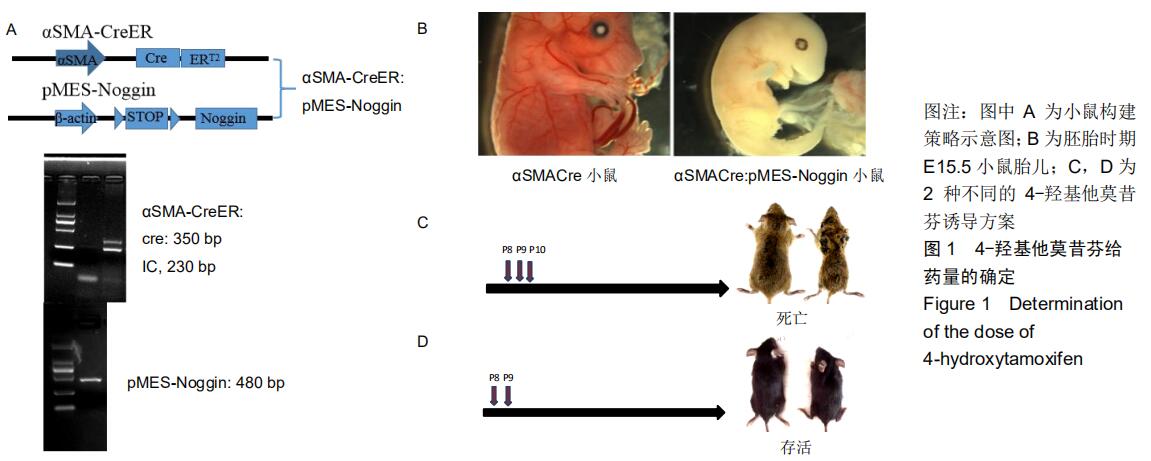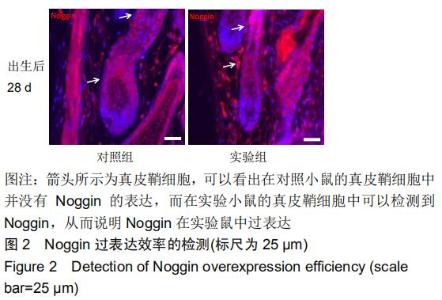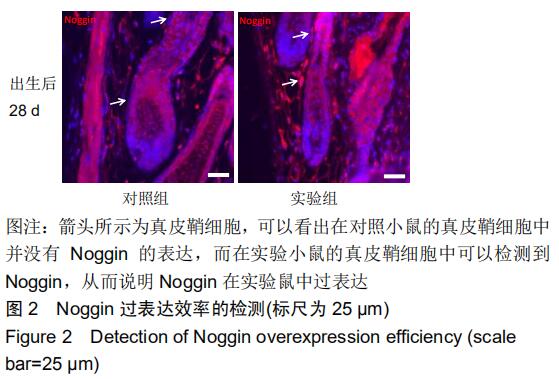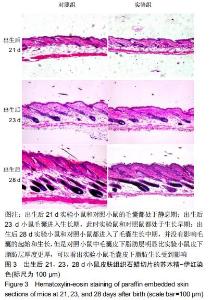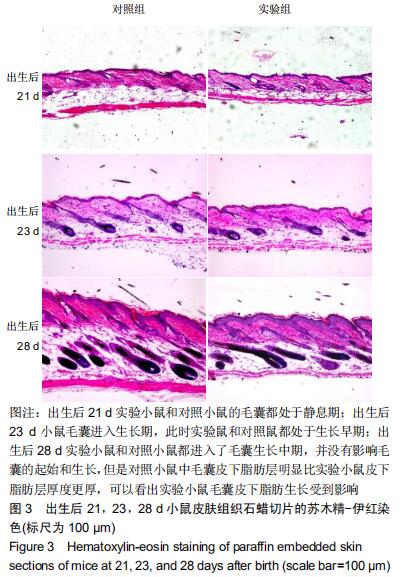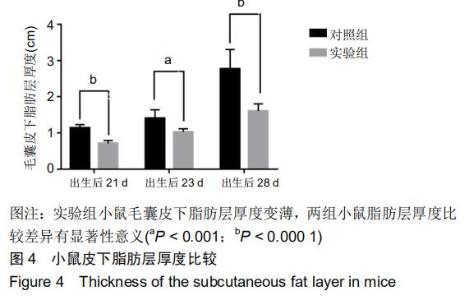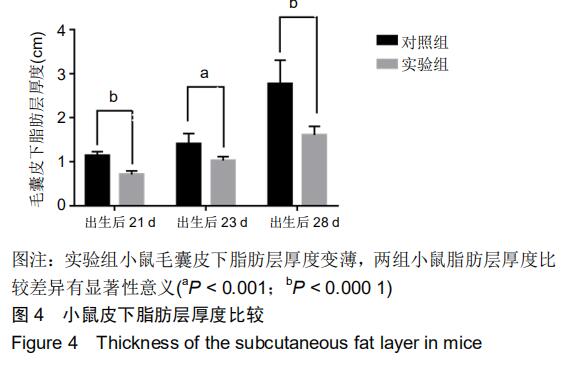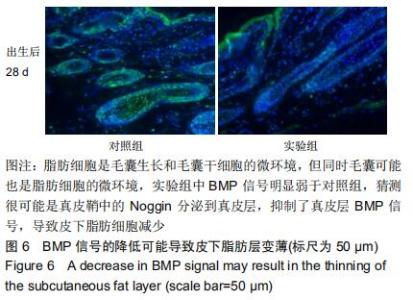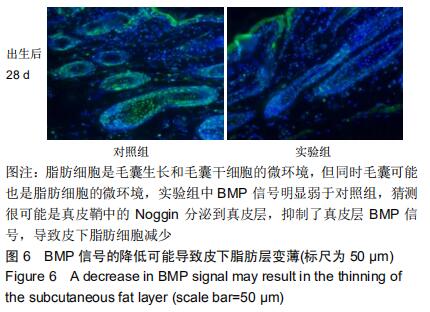|
[1] SMITH WC, HARLAND RM. Expression cloning of noggin, a new dorsalizing factor localized to the Spemann organizer in Xenopus embryos. Cell. 1992;70(5):829-840.
[2] LYONS KM, PELTON RW, HOGAN BL. Organogenesis and pattern formation in the mouse: RNA distribution patterns suggest a role for bone morphogenetic protein-2A (BMP-2A). Development. 1990;109(4): 833-844.
[3] ZIMMERMAN LB, DE JESÚS-ESCOBAR JM, HARLAND RM. The Spemann organizer signal noggin binds and inactivates bone morphogenetic protein 4. Cell. 1996;86(4):599-606.
[4] BITGOOD MJ, MCMAHON AP. Hedgehog and Bmp genes are coexpressed at many diverse sites of cell-cell interaction in the mouse embryo. Dev Biol. 1995;172(1):126-138.
[5] LAMB TM, KNECHT AK, SMITH WC, et al. Neural induction by the secreted polypeptide noggin. Science. 1993;262(5134): 713-718.
[6] HARLAND RM. Neural induction in Xenopus. Curr Opin Genet Dev. 1994;4(4):543-549.
[7] LIM DA, TRAMONTIN AD, TREVEJO JM, Noggin antagonizes BMP signaling to create a niche for adult neurogenesis. Neuron. 2000; 28(3):713-726.
[8] BOTCHKAREV VA, BOTCHKAREVA NV, ROTH W, et al. Noggin is a mesenchymally derived stimulator of hair-follicle induction. Nat Cell Biol. 1999;1(3):158-164.
[9] GUHA U, MECKLENBURG L, COWIN P, et al. Bone morphogenetic protein signaling regulates postnatal hair follicle differentiation and cycling. Am J Pathol. 2004;165(3):729-740.
[10] PAUS R, COTSARELIS G. The biology of hair follicles. N Engl J Med. 1999;341(7):491-497.
[11] SKALLI O, ROPRAZ P, TRZECIAK A, et al. A monoclonal antibody against alpha-smooth muscle actin: a new probe for smooth muscle differentiation. J Cell Biol. 1986;103(6 Pt 2): 2787-2796.
[12] JAHODA CA, REYNOLDS AJ, CHAPONNIER C, et al. Smooth muscle alpha-actin is a marker for hair follicle dermis in vivo and in vitro. J Cell Sci. 1991;99 ( Pt 3):627-636.
[13] TOBIN DJ, GUNIN A, MAGERL M, et al. Plasticity and cytokinetic dynamics of the hair follicle mesenchyme: implications for hair growth control. J Invest Dermatol. 2003;120(6):895-904.
[14] OLIVER RF. The experimental induction of whisker growth in the hooded rat by implantation of dermal papillae. J Embryol Exp Morphol. 1967;18(1):43-51.
[15] HORNE KA, JAHODA CA. Restoration of hair growth by surgical implantation of follicular dermal sheath. Development. 1992; 116(3):563-571.
[16] MCELWEE KJ, KISSLING S, WENZEL E, et al. Cultured peribulbar dermal sheath cells can induce hair follicle development and contribute to the dermal sheath and dermal papilla. J Invest Dermatol. 2003; 121(6):1267-1275.
[17] TAO Y, YANG Q, WANG L, et al. β-catenin activation in hair follicle dermal stem cells induces ectopic hair outgrowth and skin fibrosis. J Mol Cell Biol. 2019;11(1):26-38.
[18] LEWINDON PJ, PEREIRA TN, HOSKINS AC, et al. The role of hepatic stellate cells and transforming growth factor-beta(1) in cystic fibrosis liver disease. Am J Pathol. 2002;160(5):1705-1715.
[19] FAN JM, NG YY, HILL PA, et al. Transforming growth factor-beta regulates tubular epithelial-myofibroblast transdifferentiation in vitro. Kidney Int. 1999;56(4):1455-1467.
[20] CHASE HB, MONTAGNA W, MALONE JD. Changes in the skin in relation to the hair growth cycle. Anat Rec. 1953;116(1):75-81.
[21] HORSLEY V, WATT F. Repeal and Replace: Adipocyte Regeneration in Wound Repair. Cell Stem Cell. 2017;20(4): 424-426.
|
